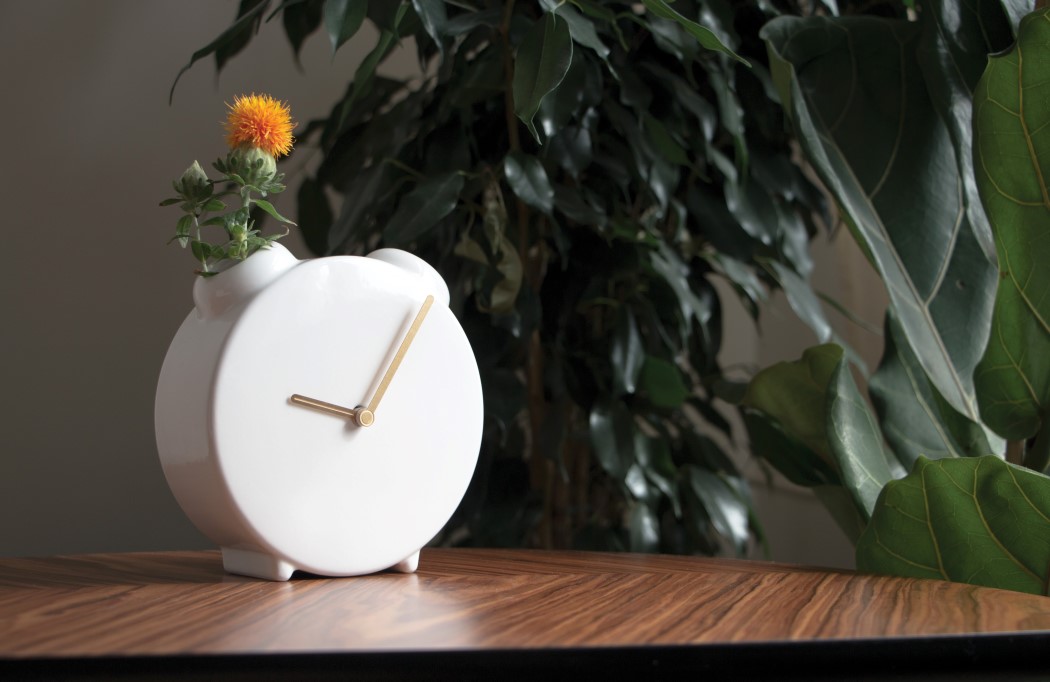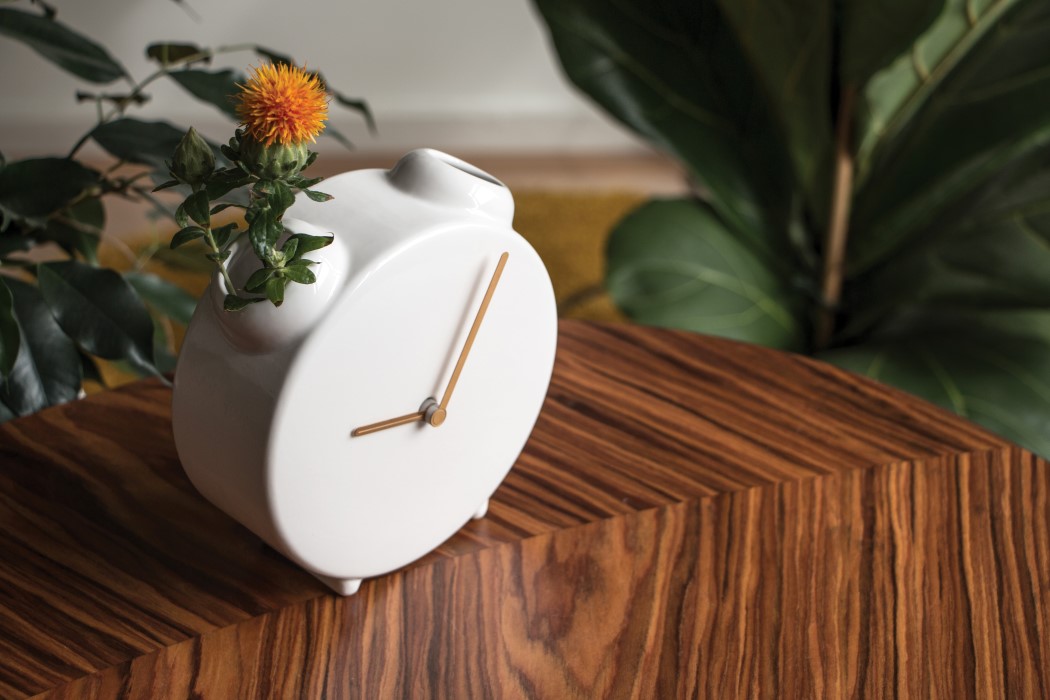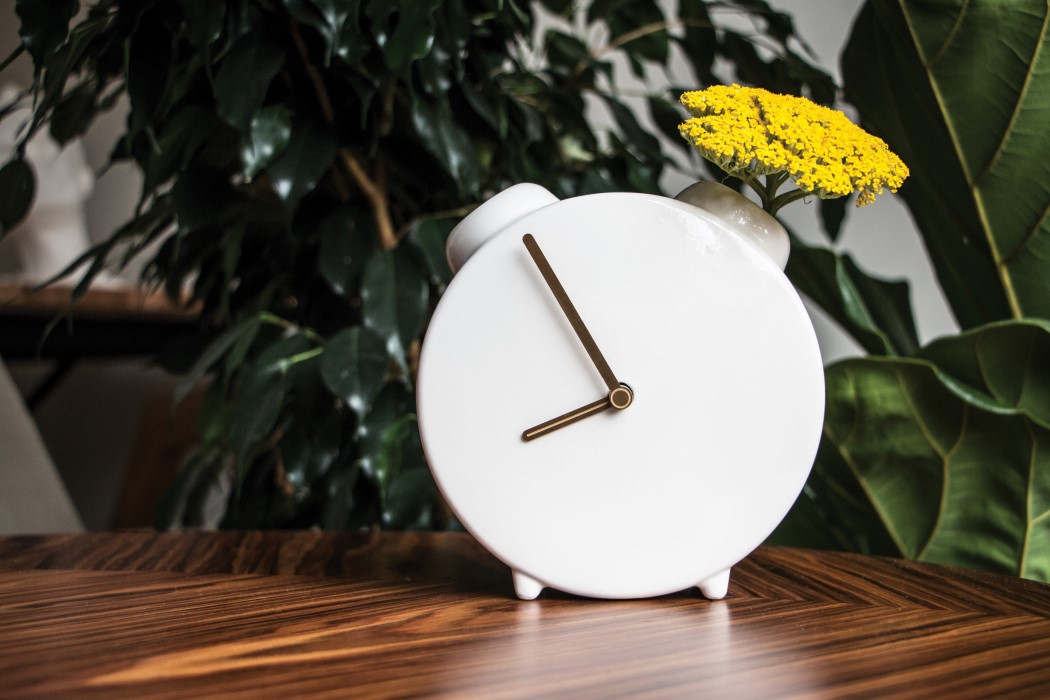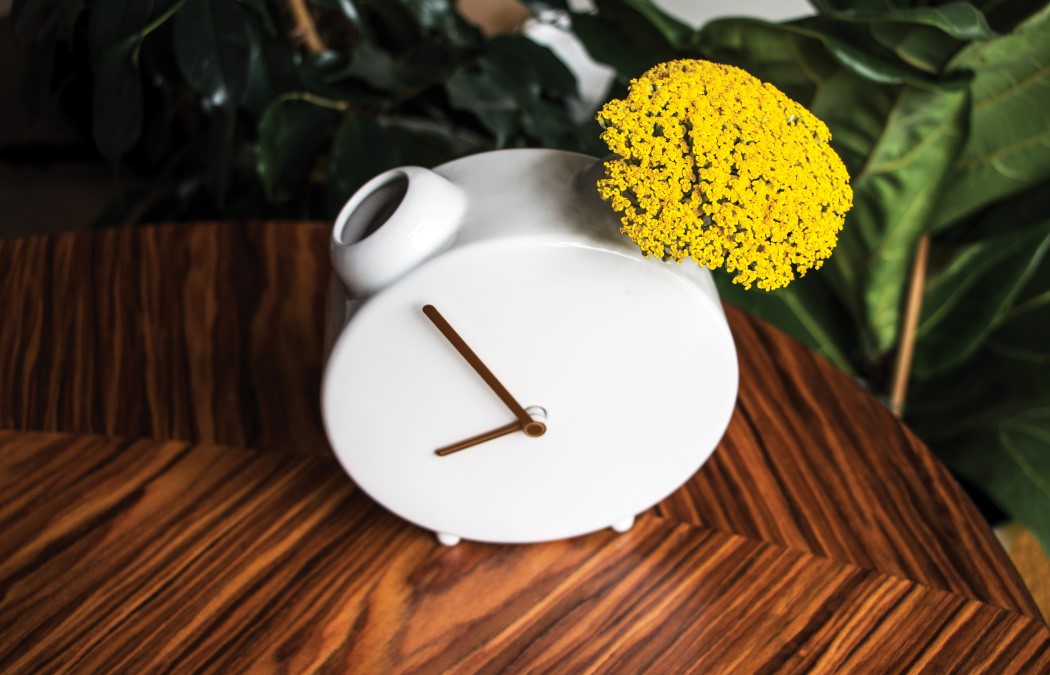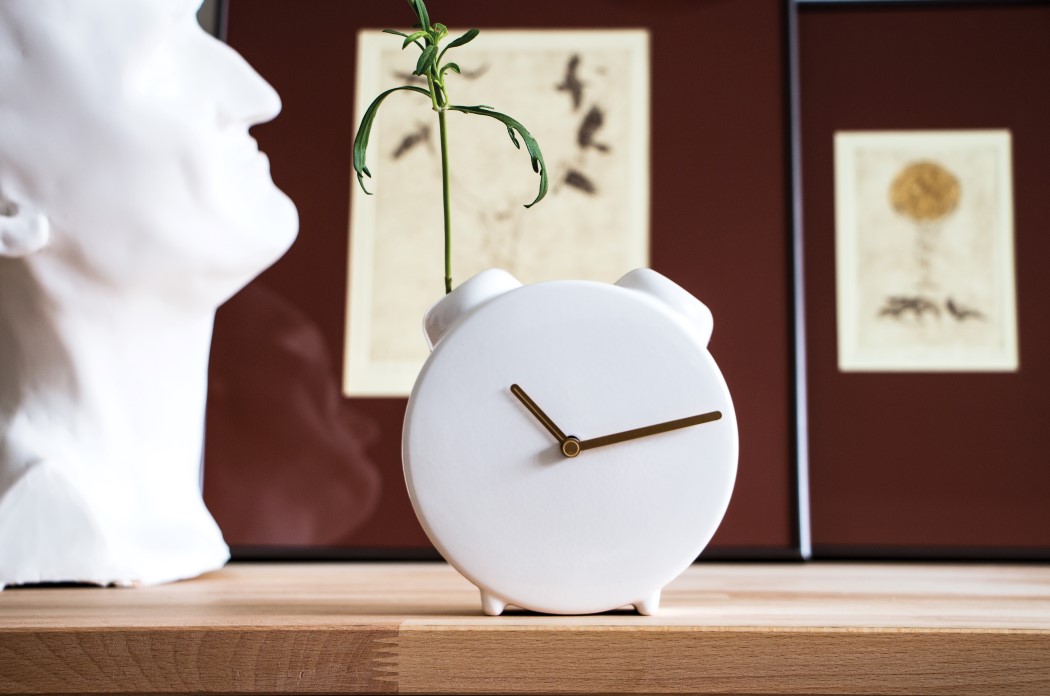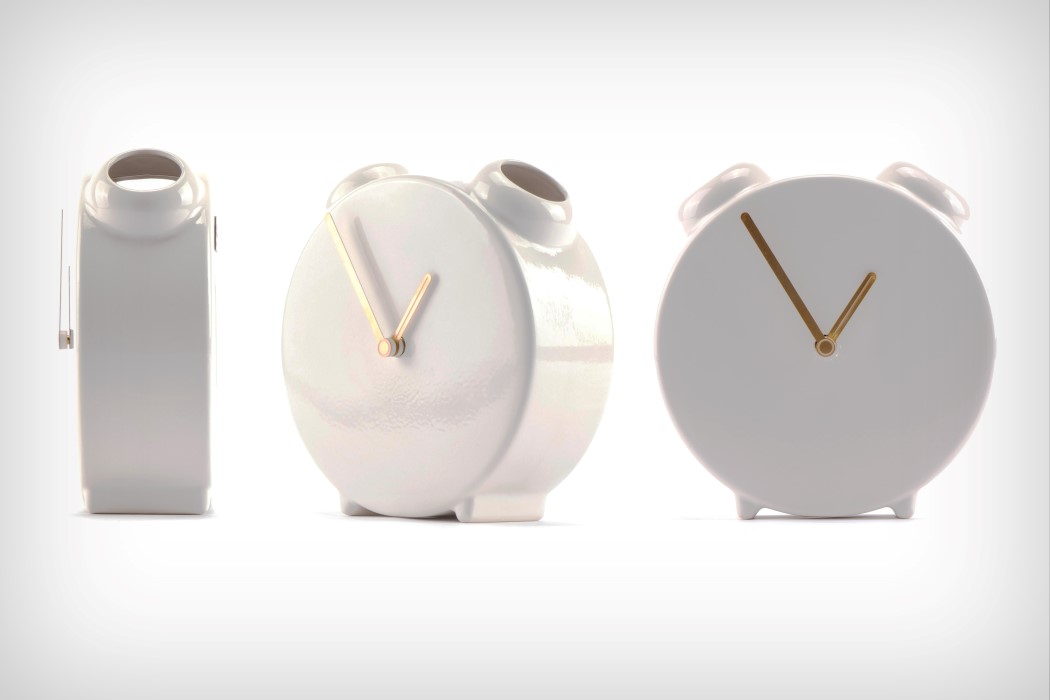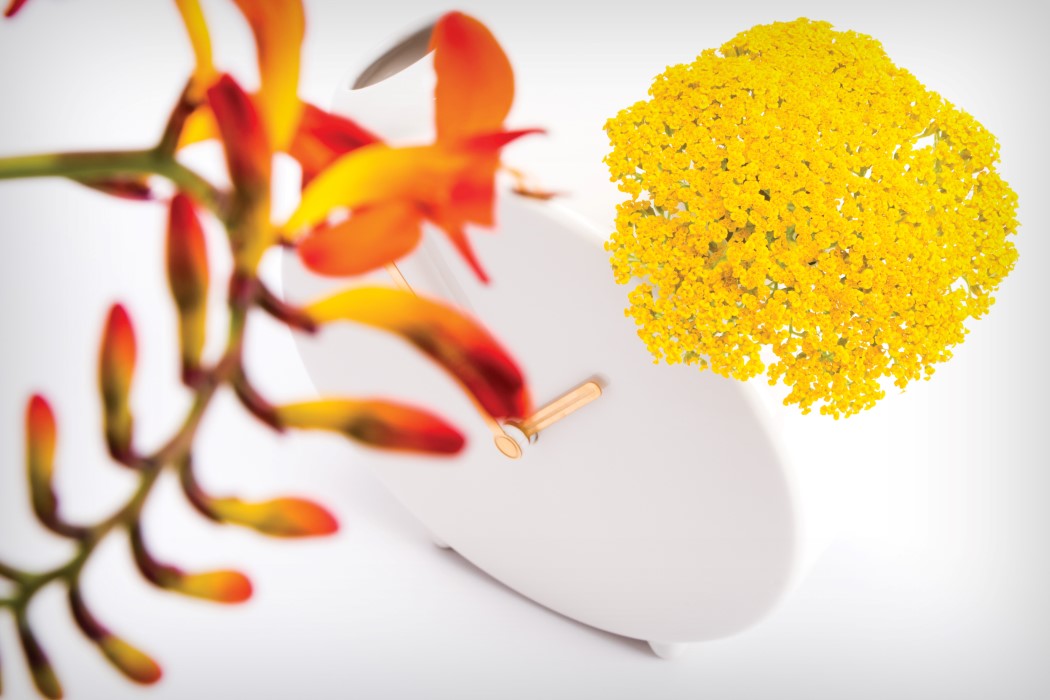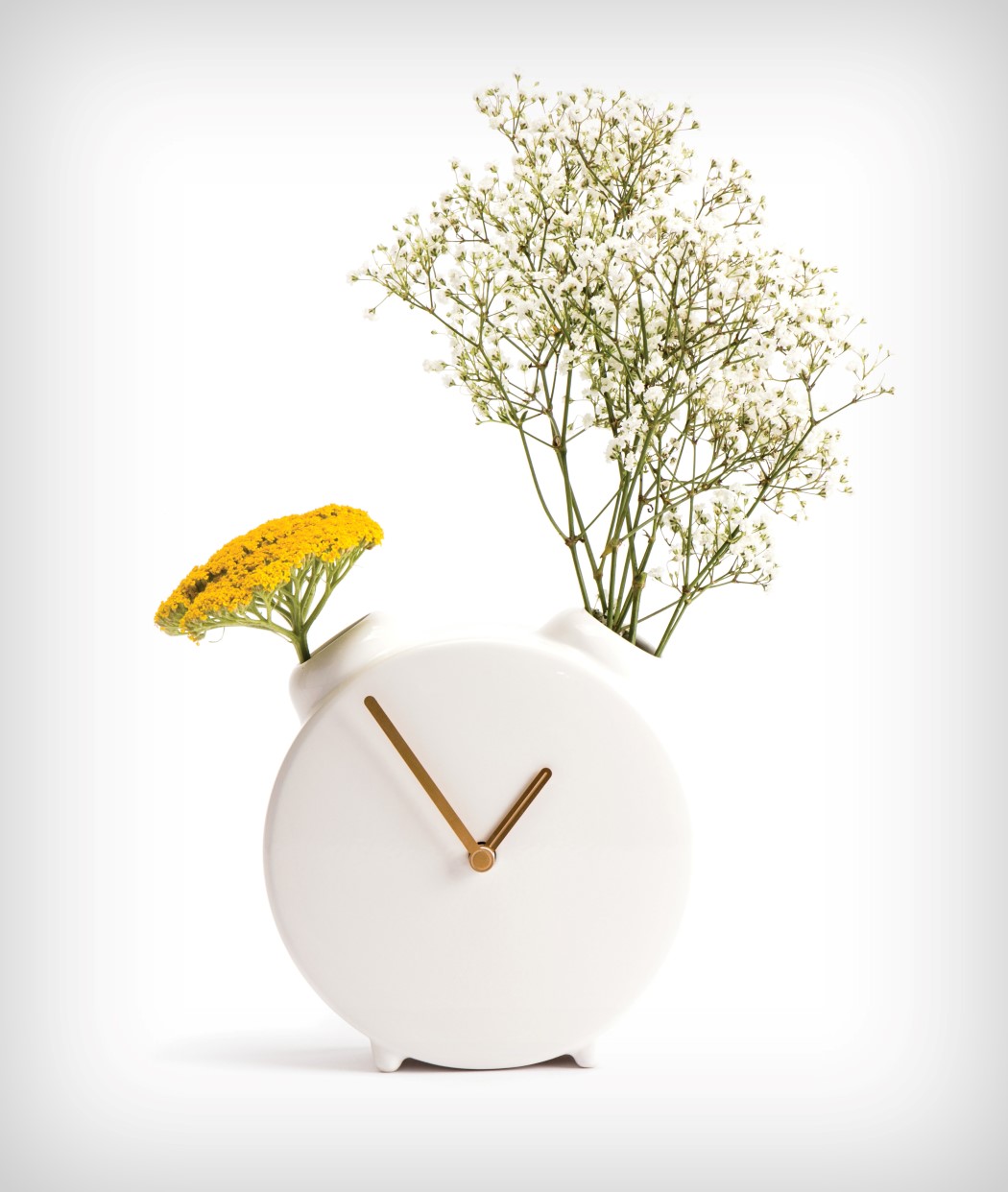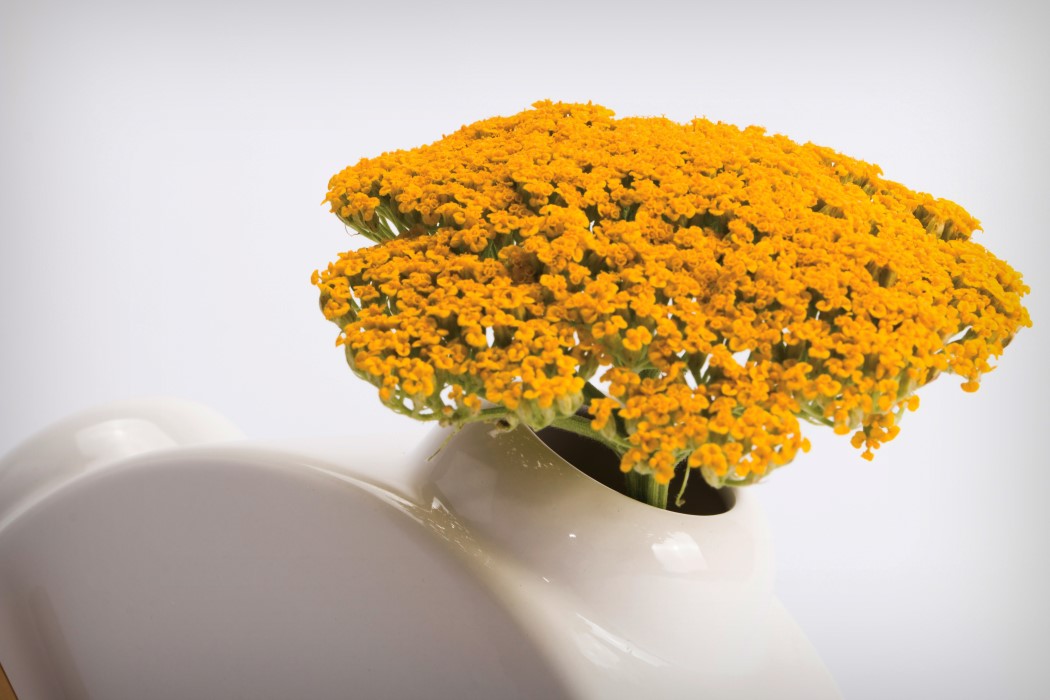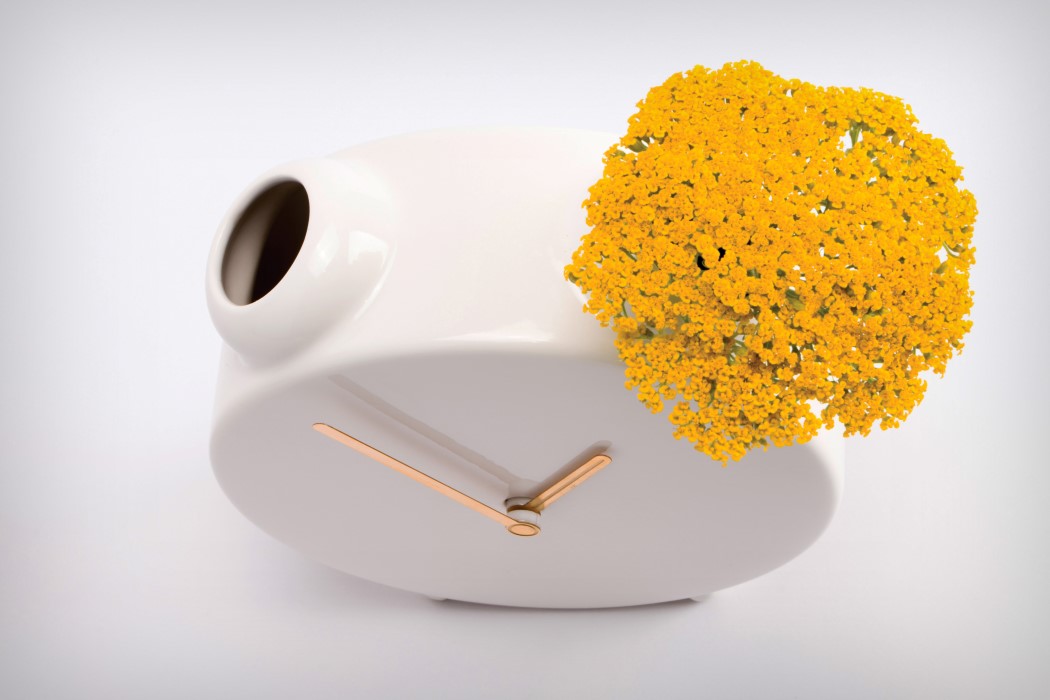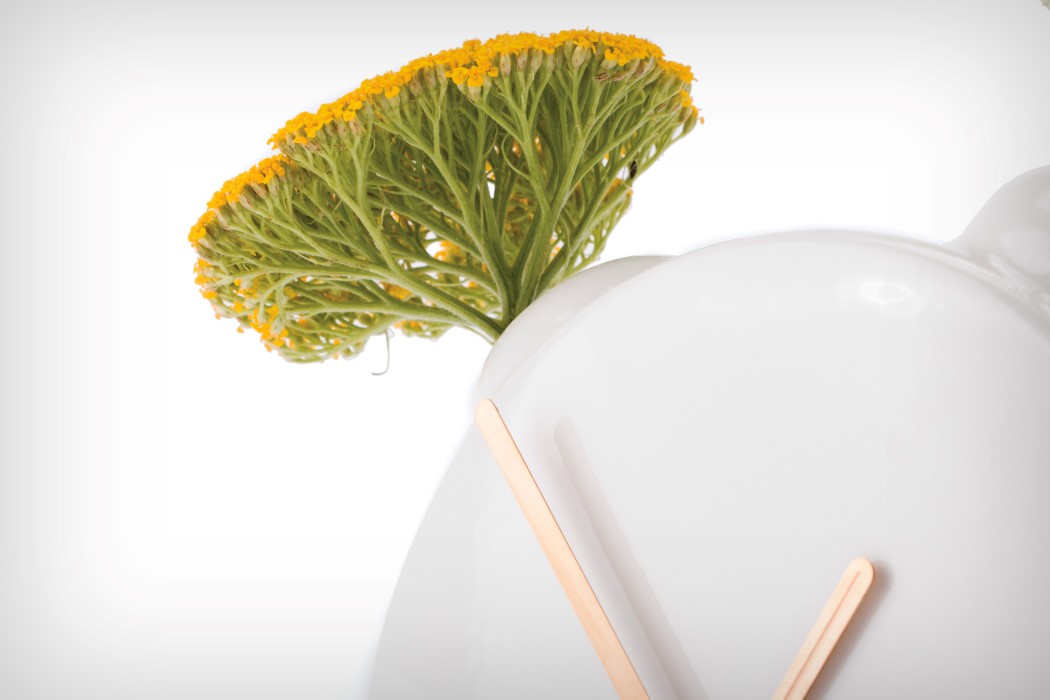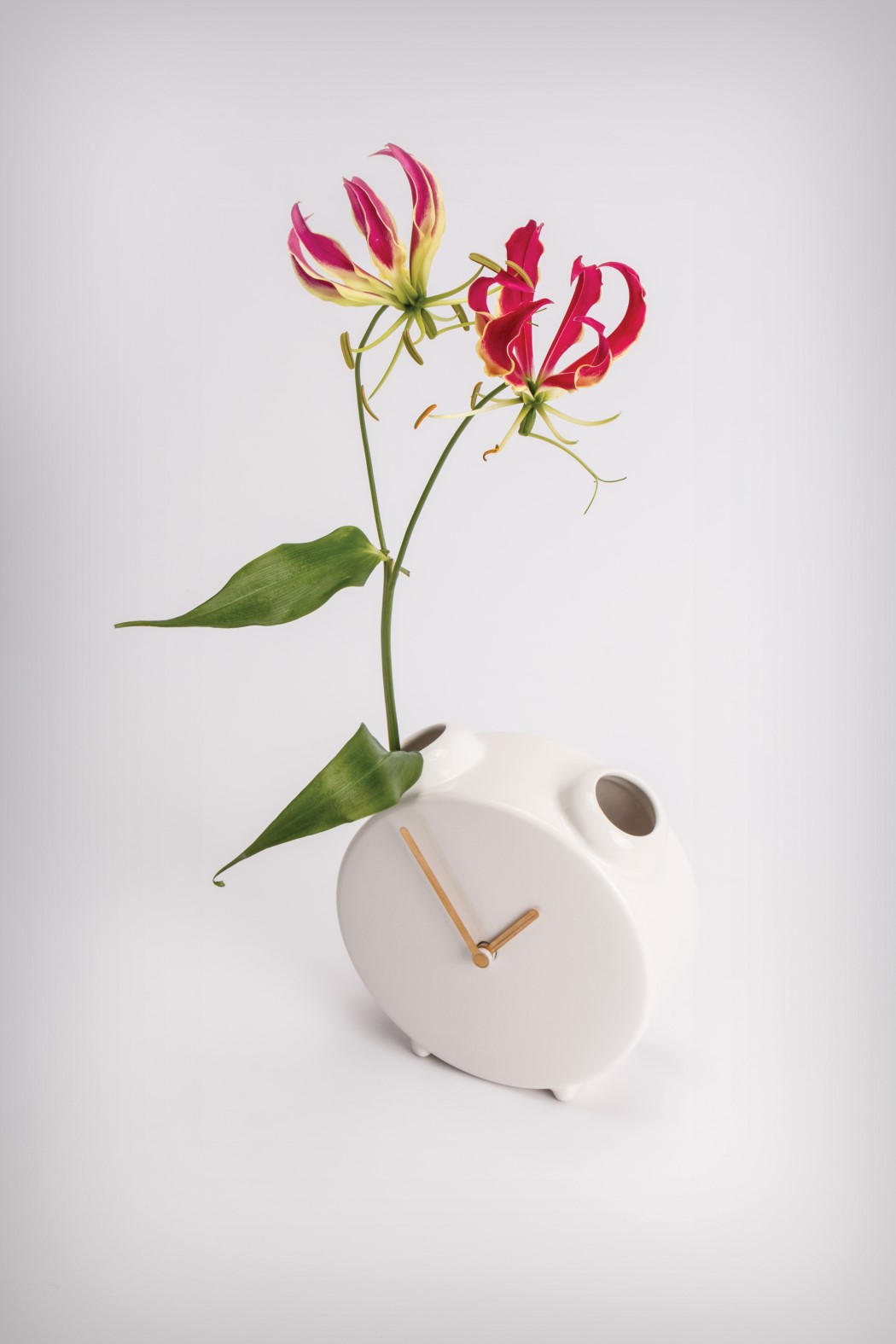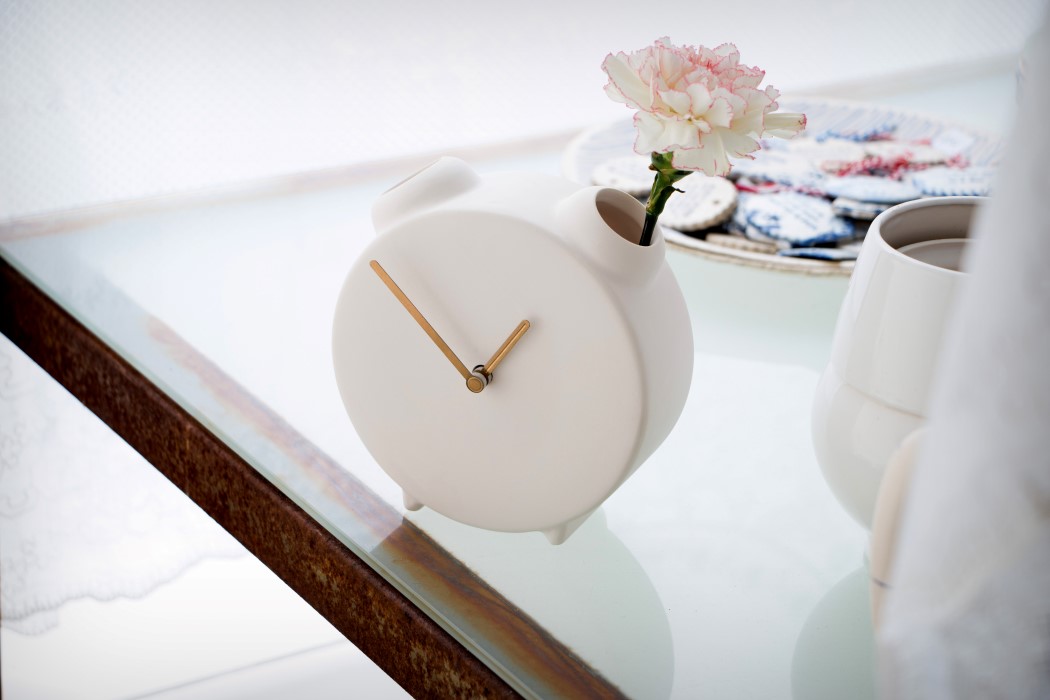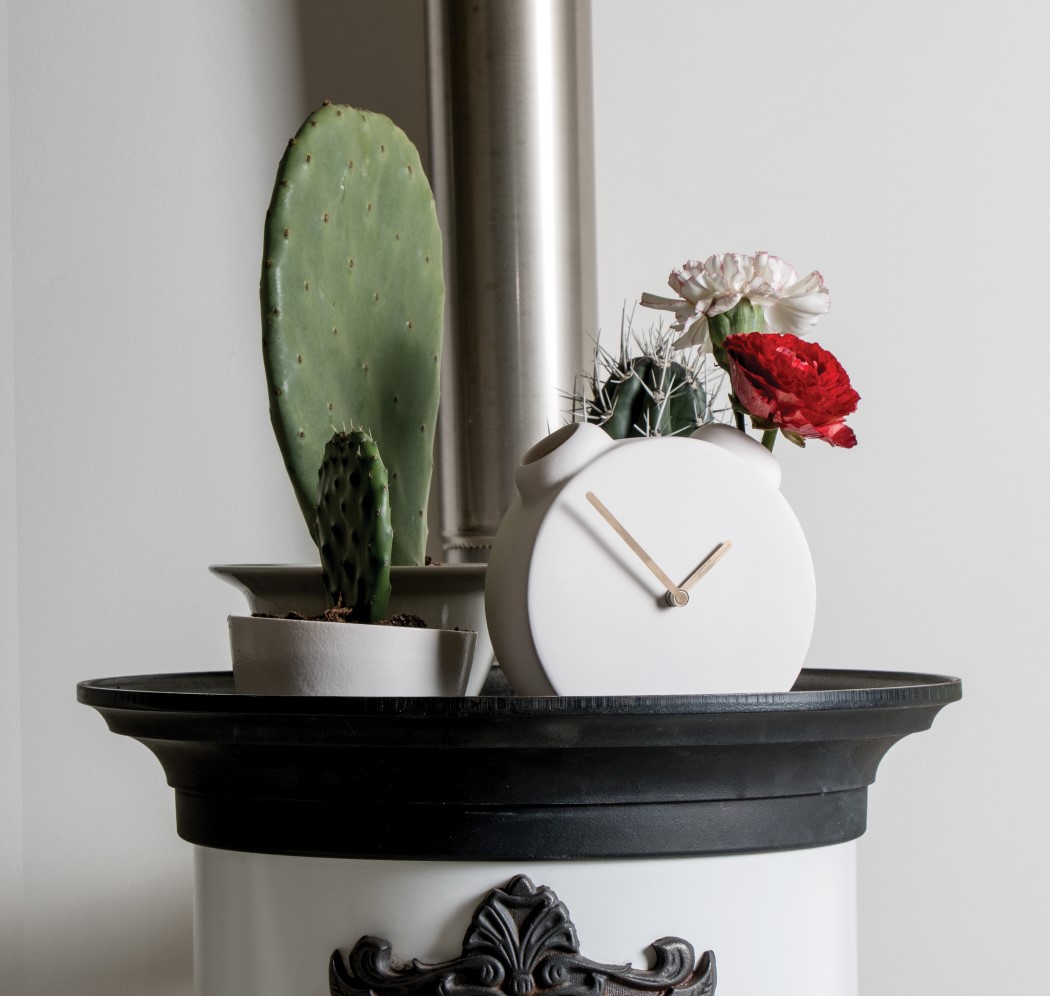Ever tried to open a website only to be greeted by that odd message that has the audacity to ask you if you’re a human?? It’s funny how a computer has to determine my ‘human-ness’ (I wonder what a pain it must be for the Daft Punk folks), and it does raise some very meta questions – What does it mean to be human? What does it mean to ‘design’ as a human? And how much of our designs are actually human? Especially given how industrial our manufacturing setups are… Those are all important questions, even more so in the world of AI, where one’s humanity sort of gets lost in the fray. Designed as an antithesis to any form of mechanization or digitization, Jaro Kose’s “I am not a robot” series of lamps and lighting fixtures are entirely, 100% human-made. The lamps and lights are built using 3D printing filament… but without the 3D printer. Instead, Kose manually heats, melts, cuts, joins, and folds the plastic filament into the lamp shape, creating an oddly appealing wireframe with the kind of imperfections that add even more beauty and meaning to the lamps… because they were made with human minds and human hands.
Designer: Jaro Kose
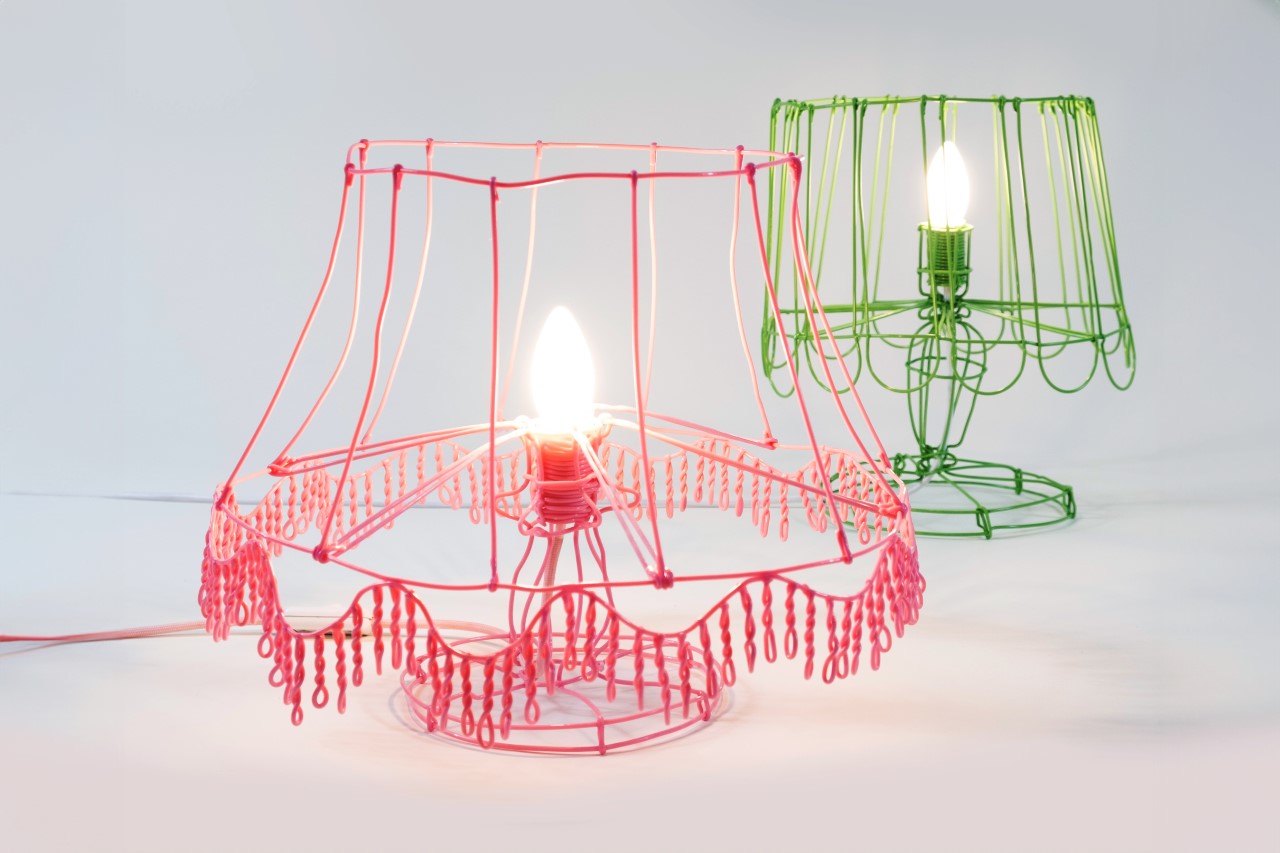
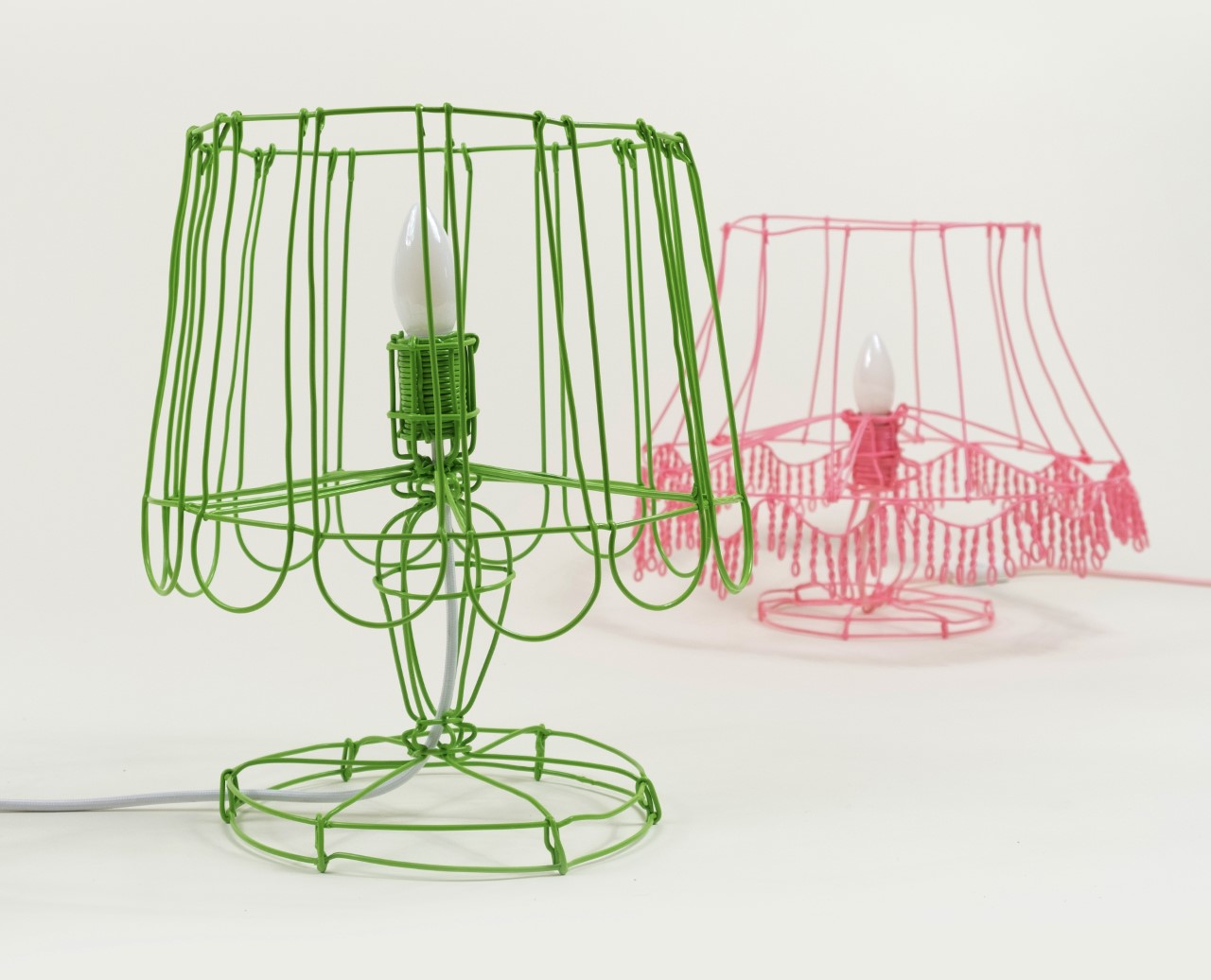
What happens to the design process when you remove the automated aspects of it? That’s the question Amsterdam-based designer Jaro Kose found himself grappling with. Sure, the industrial revolution has helped transform artistry and craftsmanship into what we know as industrial design today… but how can we retain that ‘industrial design’ aspect without the machines that make it possible? Kose tried to go about the design process as normally as he could but decided to take a unique route when it came to manufacturing the designs. A route that involved zero automation and little to no machinery.
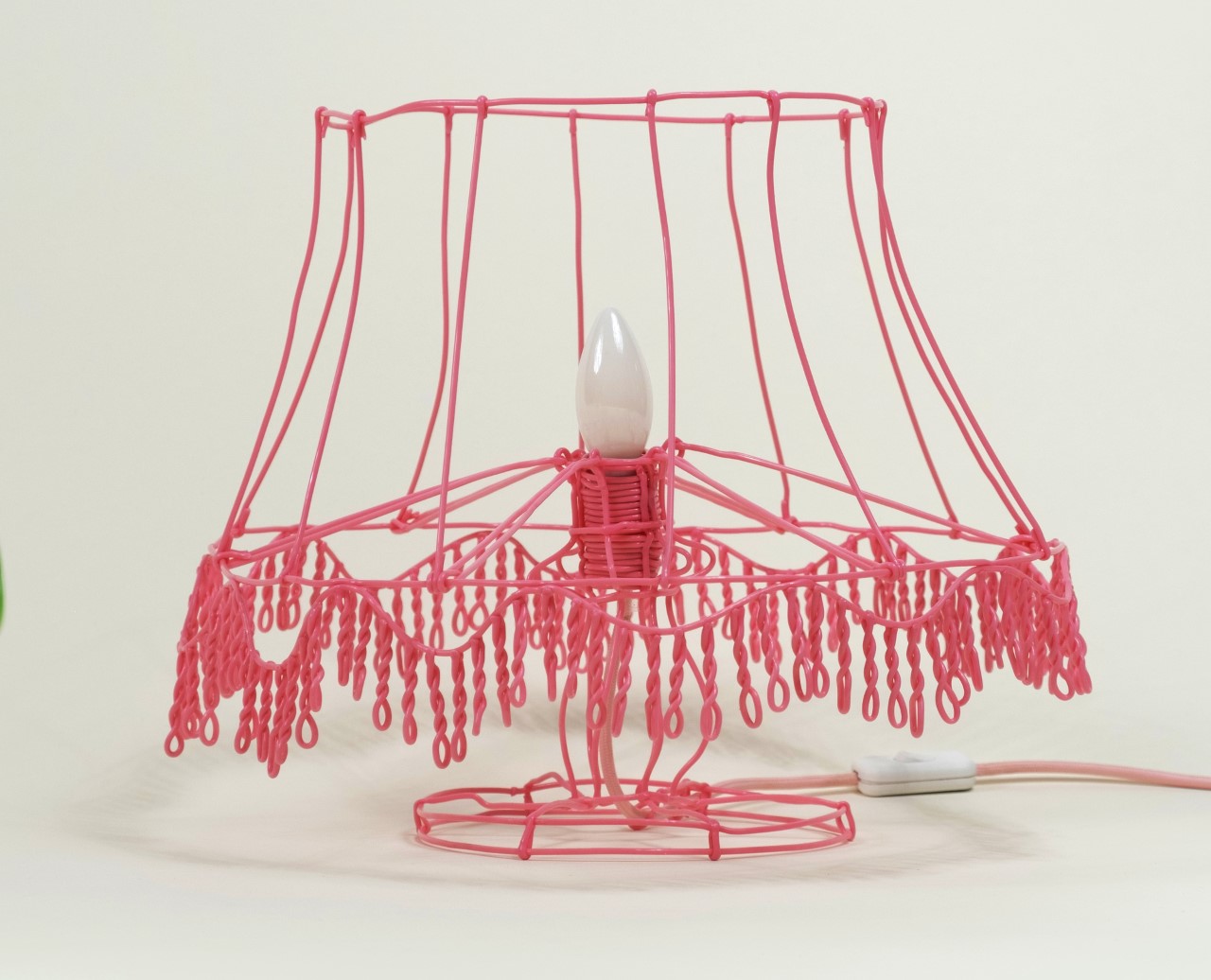
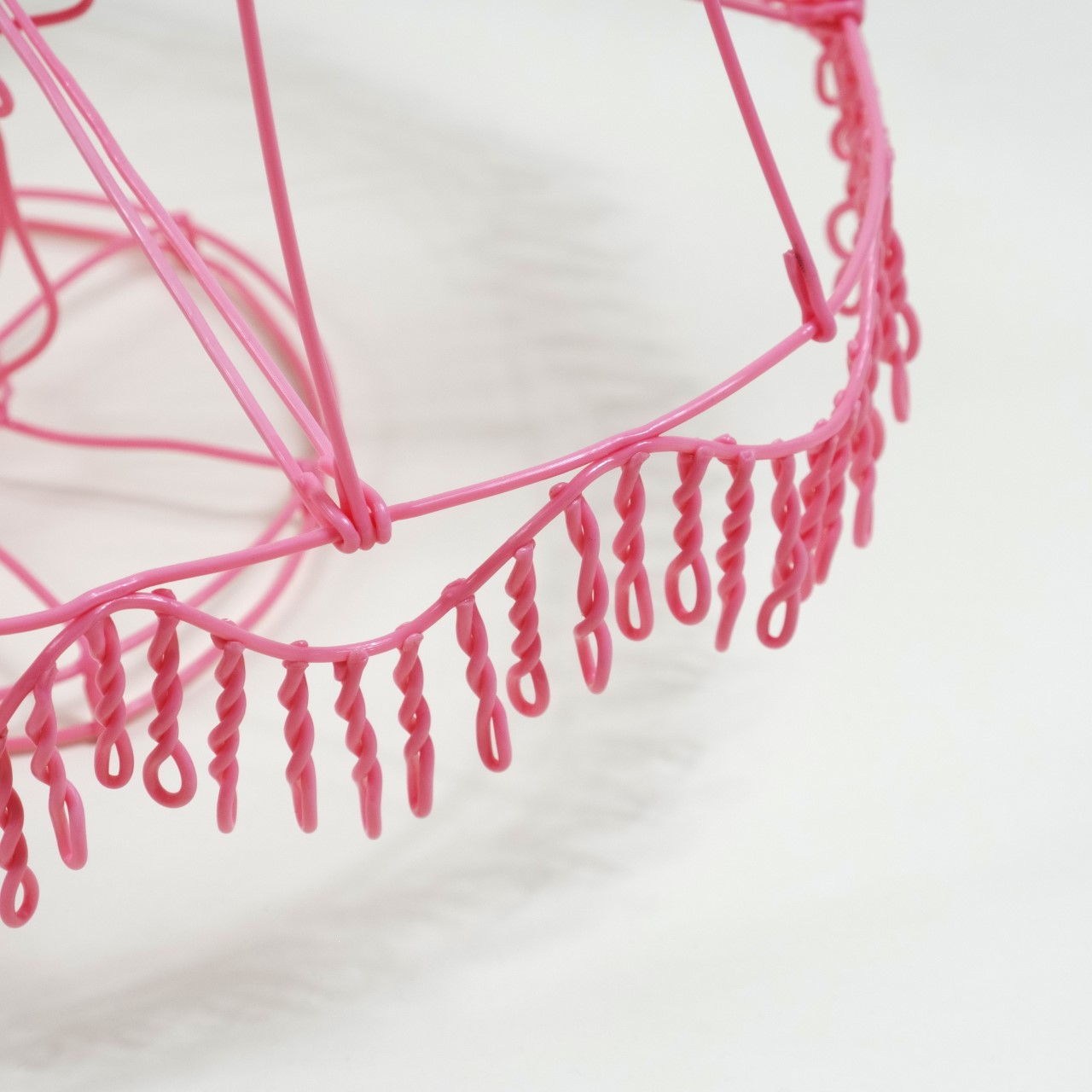
Kose built out his designs using 3D printer filament. Sure, you could say that plastic itself is industrially made, and the filaments are extruded using machines… but you’ve got to draw a line somewhere, right? Kose decided to use the filament, but not as it was intended. Most filaments are fed into 3D printers, which turn CAD models into physical prototypes by building plastic parts layer by layer. Kose’s approach didn’t rely on a CAD model OR a 3D printer. Instead, he cut, bent, melted, and joined the filaments by hand, using nothing but pliers, a blowtorch, protective gear, and human ingenuity.
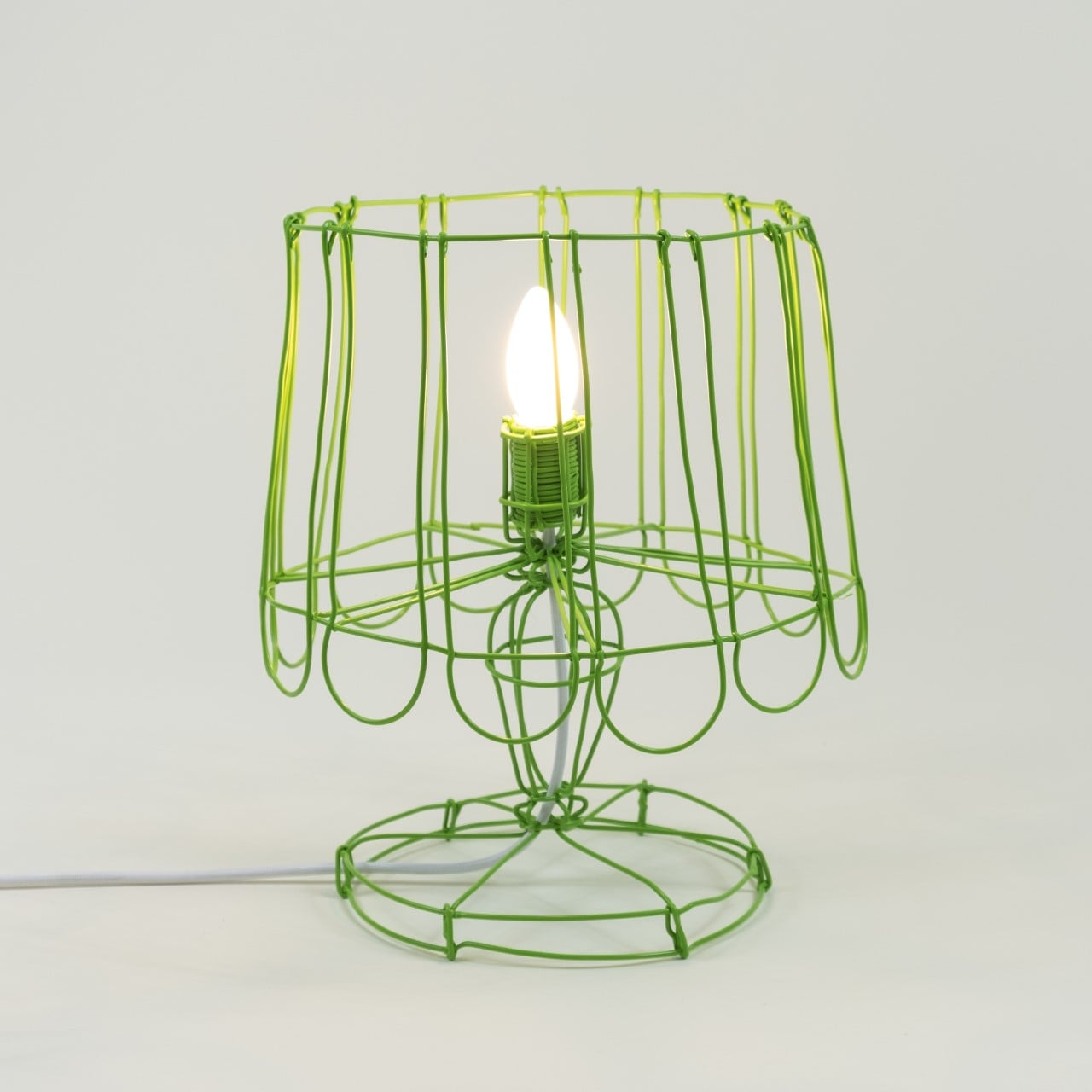
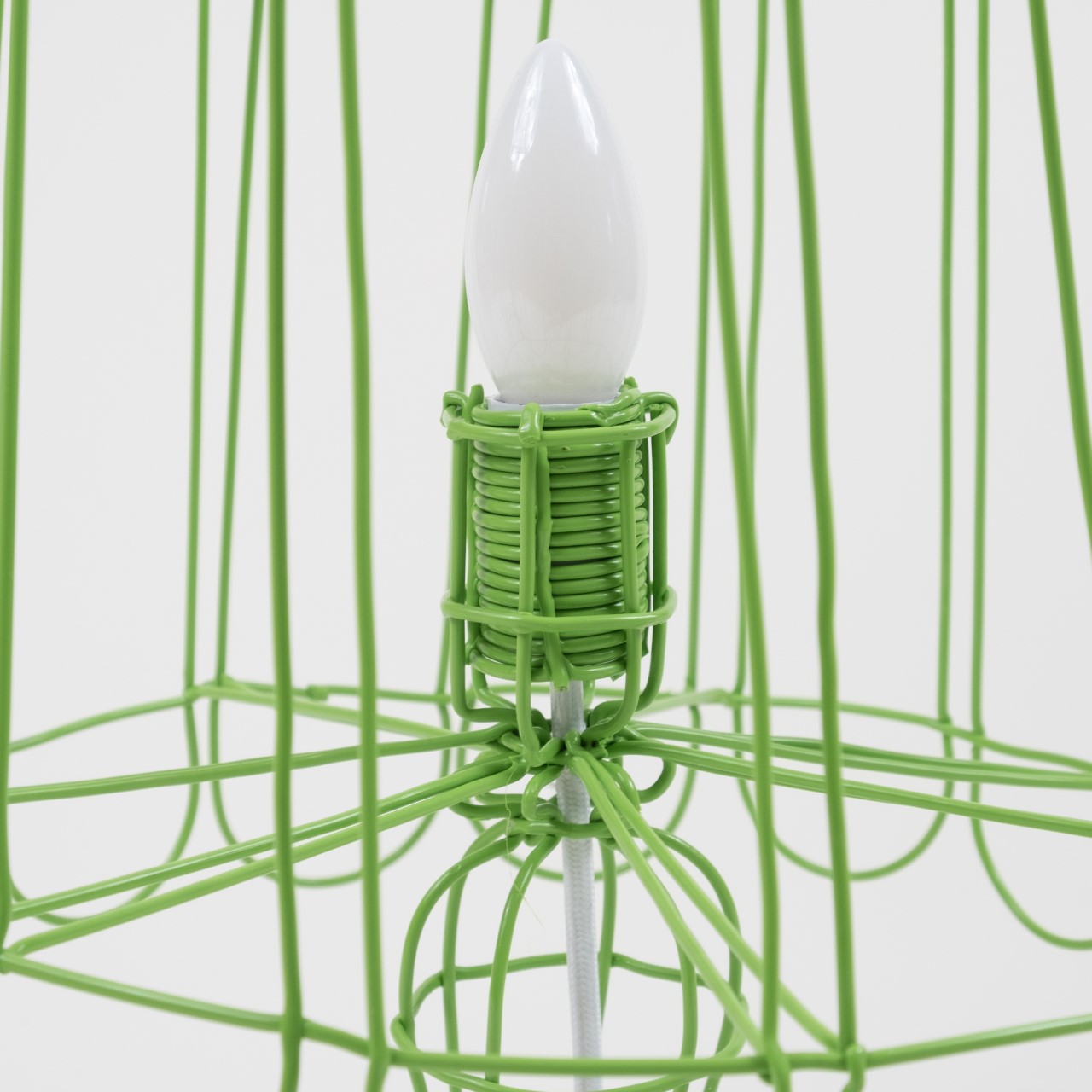
Once the final form was made, Kose fed an LED bulb fixture in to complete the lamp. It would’ve been fun to actually use a filament bulb too (the incandescent ones), just to complete the filament metaphor, but that would generate too much heat and cause the plastic to melt. LEDs made for a perfect choice, bringing a unique charm to an already unique-looking series of lamps.
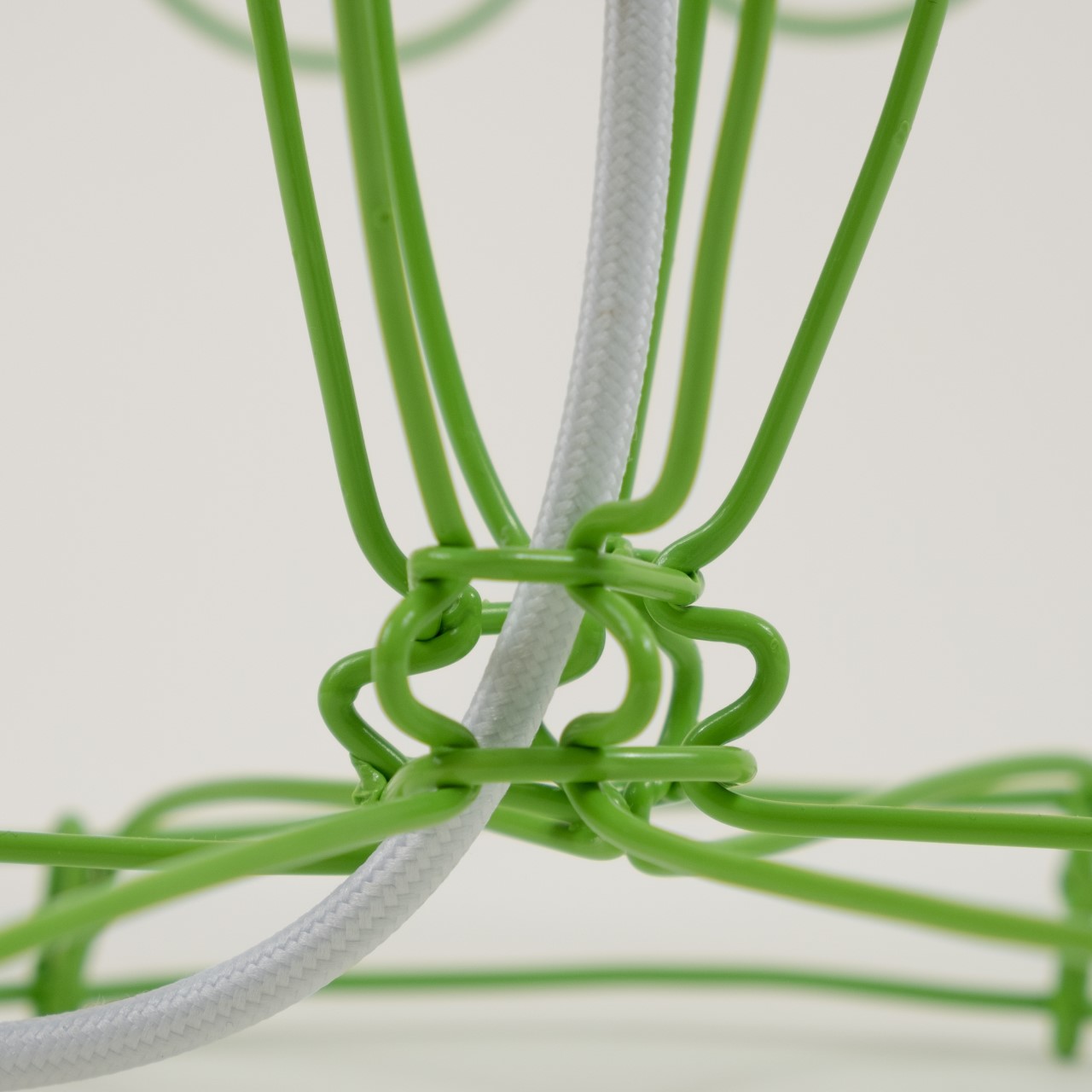
The beauty if the “I’m Not A Robot” lamps lies in their lack of precision, their imperfection, their human-ness. The lamps are made entirely using human effort and take painstakingly long to build. Kose’s made three variants, all in the style of antique Victorian-inspired lights. The two lamps are complemented by a rather brilliantly designed chandelier. The chandelier comes with 6 bulb elements, and a whole host of support structures to hold the piece together, because plastic filaments aren’t particularly rigid or sturdy. The result ended up informing Kose’s design process and resulting in a light that’s incredibly ornate.
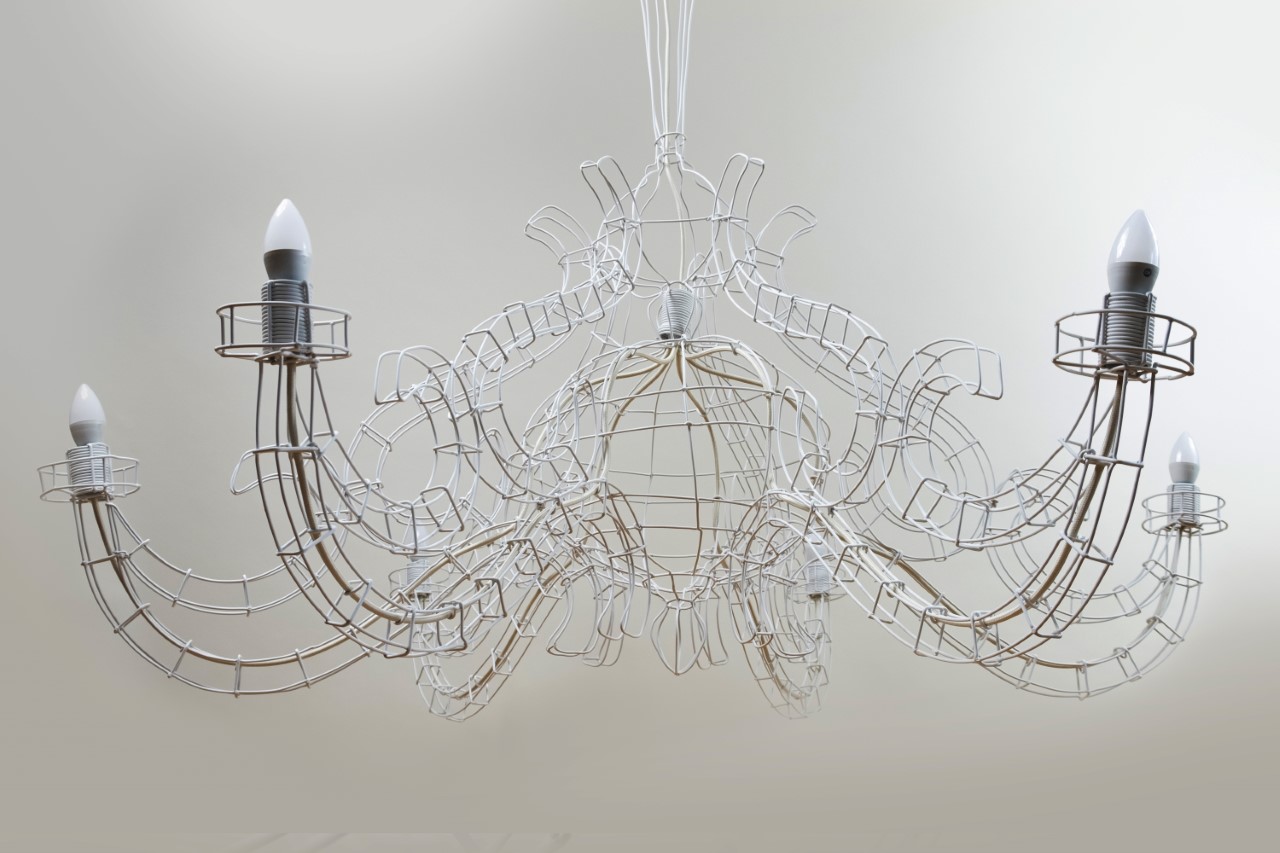
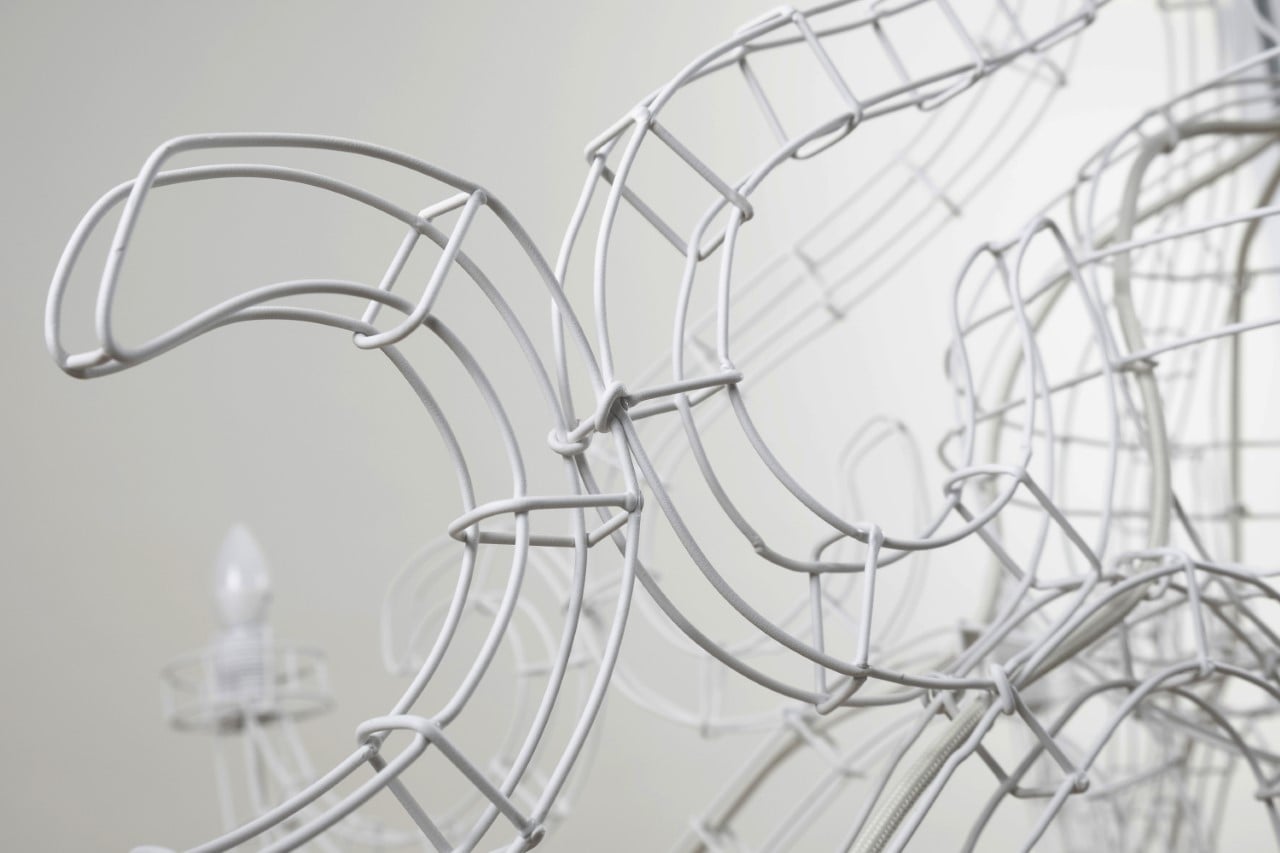
“The I am not a robot project embodies the values of craftsmanship, playfulness, unpredictability, and creativity that distinguish human-like designs,” says Jaro Kose. “It serves as a reminder that while technology can assist in the design process, it is ultimately the human touch that makes a product truly special and unique.”
The project also reinforces the importance of human creativity in a world being dominated by AI. It aims to empower individuals in this uncertain AI-driven time, emphasizing the significance of human values in product development. Furthermore, it highlights the importance of human values in product creation and emphasizes the unique qualities that designers bring to the table.
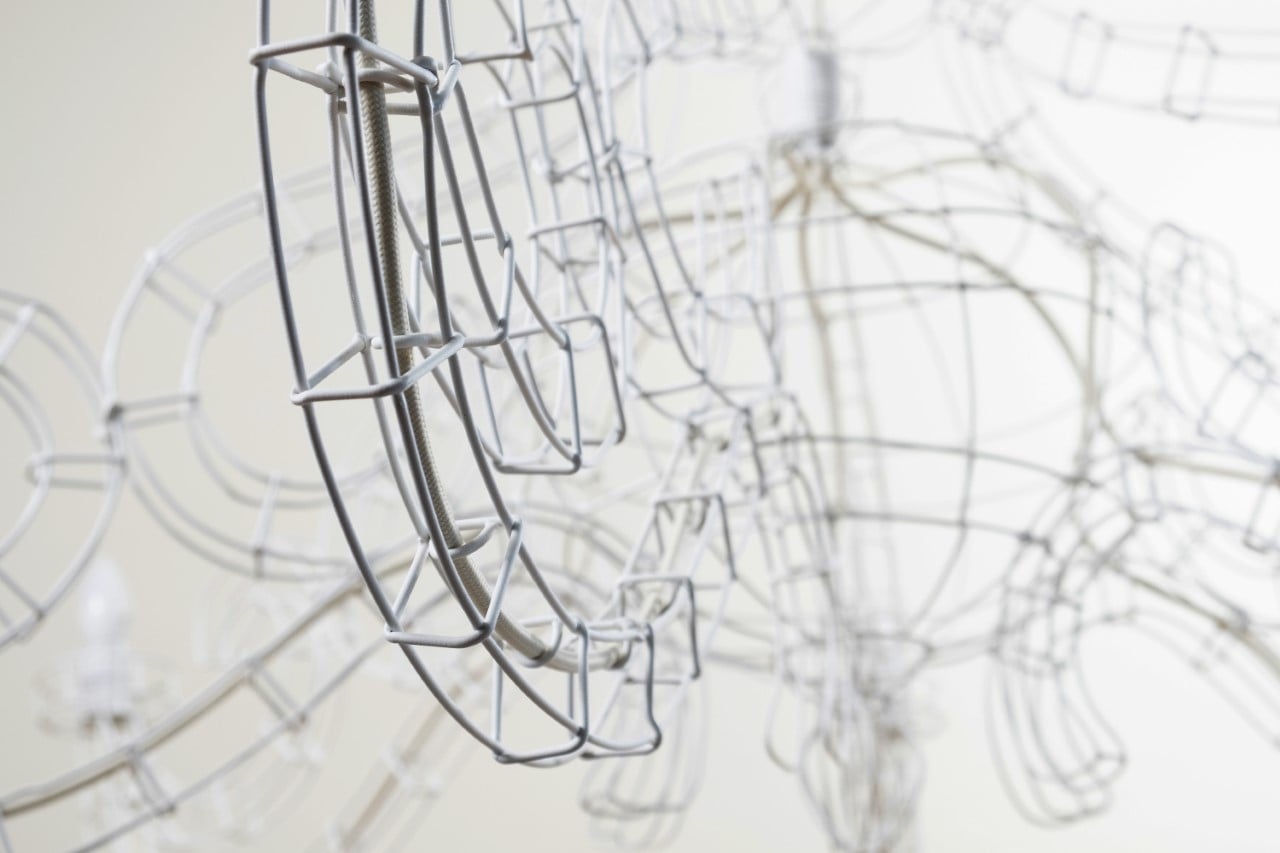
The post “Human After All” – These Lamps Challenge Human Creativity by Removing All Manufacturing Robots/Machines first appeared on Yanko Design.
















